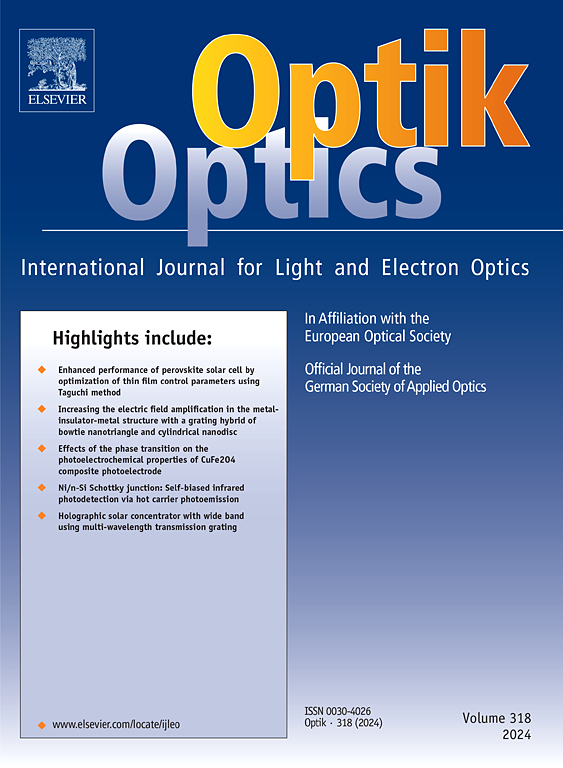A two-stage detection methodology for thyroid cancer using photonic crystal: Logistic regression and artificial neural networks
IF 3.1
3区 物理与天体物理
Q2 Engineering
引用次数: 0
Abstract
Cancer remains a significant health concern affecting many people globally. Recognizing the importance of early identification and treatment of thyroid cancer, we have developed a novel detection method utilizing supervised Machine Learning (ML) techniques, specifically Logistic Regression (LOR) and Artificial Neural Networks (ANN). Our approach leverages Photonic Crystal (PhC) sensors to detect thyroid cancer. Thyroid cancer affects the thyroid gland, which is responsible for regulating the body's growth and metabolism through hormone production. The incidence of thyroid cancer is increasing worldwide, making early and accurate diagnosis crucial for improving patient outcomes. Current detection methods like fine-needle aspiration biopsy and ultrasound have limitations in terms of accuracy, invasiveness, and cost. Thus, we propose the use of PhC sensors, which can detect changes in the Refractive Index (RI) of biological tissues caused by cancerous cells. In our two-stage detection methodology, the first phase uses LOR to classify specimens as benign or malignant based on data from PhC sensors. The second phase employs ANNs to further classify the malignant samples into papillary, follicular, medullary, or anaplastic thyroid cancer. Our research demonstrates the effectiveness of PhC sensors as a cutting-edge method for thyroid cancer detection. We conducted simulations using MEEP with a PhC structure size of 26×24. Subsequently, we compiled a comprehensive dataset through meticulous data sampling and analysis. This dataset was then utilized to implement supervised ML methods, such as LOR and ANNs, for non-invasive thyroid cancer detection. The LOR model achieved an accuracy of 91 %, a sensitivity of 93 %, a precision of 94 %, an F1 score of 90 %, and a specificity of 89 %. Meanwhile, the ANN model attained an accuracy of 82 %, a sensitivity of 77 %, a precision of 85 %, an F1 score of 81 %, and a specificity of 87 %. These results underscore the potential of our innovative approach to significantly enhance the diagnosis and treatment of thyroid cancer.
求助全文
约1分钟内获得全文
求助全文
来源期刊

Optik
物理-光学
CiteScore
6.90
自引率
12.90%
发文量
1471
审稿时长
46 days
期刊介绍:
Optik publishes articles on all subjects related to light and electron optics and offers a survey on the state of research and technical development within the following fields:
Optics:
-Optics design, geometrical and beam optics, wave optics-
Optical and micro-optical components, diffractive optics, devices and systems-
Photoelectric and optoelectronic devices-
Optical properties of materials, nonlinear optics, wave propagation and transmission in homogeneous and inhomogeneous materials-
Information optics, image formation and processing, holographic techniques, microscopes and spectrometer techniques, and image analysis-
Optical testing and measuring techniques-
Optical communication and computing-
Physiological optics-
As well as other related topics.
 求助内容:
求助内容: 应助结果提醒方式:
应助结果提醒方式:


